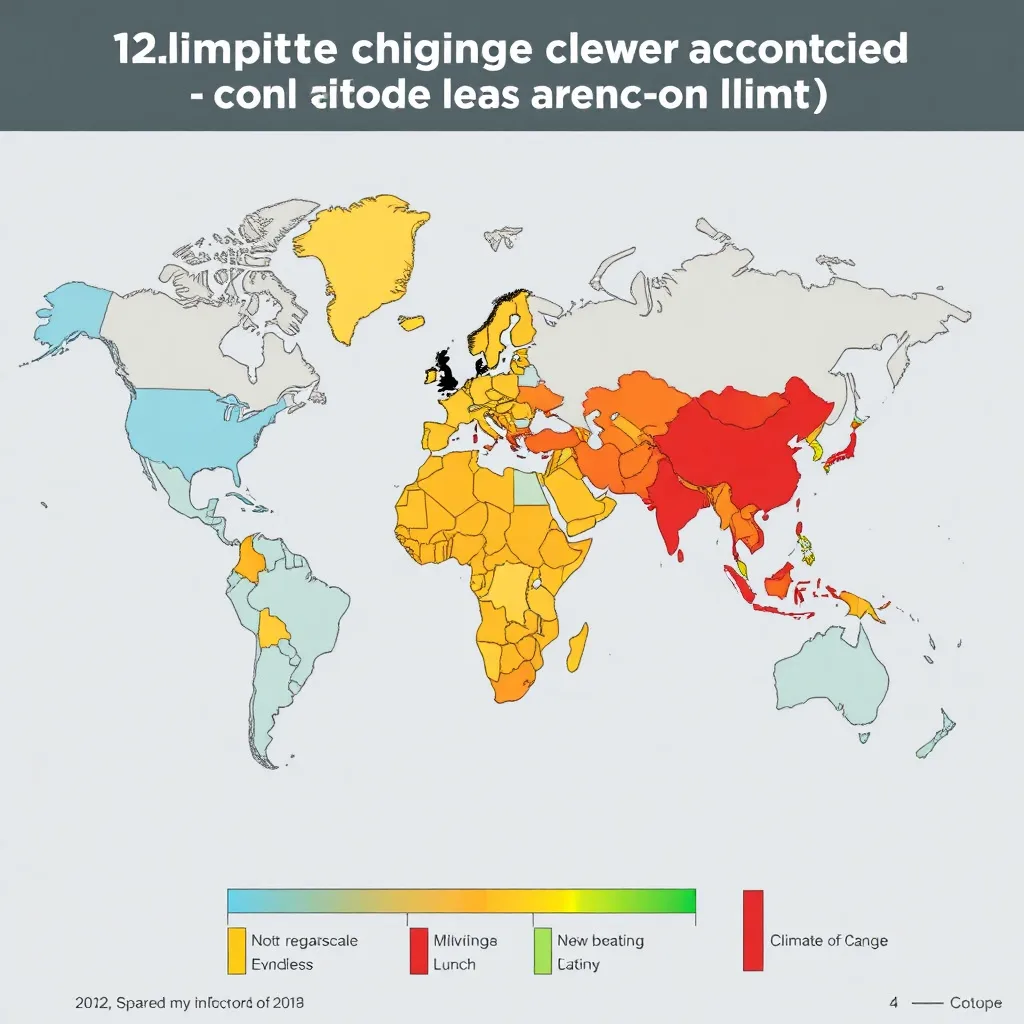Start
Background Description
The World Bank, established in 1944, is an international financial institution that provides loans and grants to the governments of low- and middle-income countries for the purpose of pursuing capital projects. In recent years, the World Bank has allocated substantial funds to combat climate change, with a focus on sustainable development and environmental preservation. However, a recent investigation has revealed that an astonishing $41 billion in climate change funds has gone unaccounted for, with no clear public record detailing where the money went or how it was spent. This scandal has raised concerns about transparency and accountability within the World Bank and has sparked a global investigation to uncover the truth.
Images


Character Choices
Video
Audio
Summary
Continue.
Having initiated collaboration with international partners and launched a thorough audit of the World Bank’s internal financial records, the investigation needs to proceed strategically. The next steps should focus on consolidating and analyzing the gathered information, identifying potential leads, and expanding the investigation where necessary.
Phase 1: Data Consolidation and Analysis:
-
Step 1.1: Centralized Database: Establish a secure, centralized database to collate all information received from international partners and the internal audit. This database should allow for cross-referencing and pattern identification. This will require developing standardized data formats and protocols for data sharing between partners. The database should include details of transactions, beneficiary information, project reports, and any other relevant documentation.
-
Step 1.2: Anomaly Detection: Employ advanced data analytics techniques (e.g., machine learning algorithms) to identify anomalies and inconsistencies within the financial records. This could reveal patterns of suspicious transactions, unusual spending, or discrepancies between reported expenditures and actual project outcomes. Focus on identifying outliers and unusual activity that deviate from established norms.
-
Step 1.3: Geographic Analysis: Map the flow of funds geographically, comparing the intended allocation with the actual disbursement. This will pinpoint regions where discrepancies are most significant and may indicate corruption or mismanagement.
Phase 2: Lead Generation and Investigation:
-
Step 2.1: Follow the Money: Prioritize investigating transactions identified as anomalous during the data analysis. Trace the flow of funds to identify individuals or entities involved in the misallocation. This will likely involve international collaboration to trace funds across borders.
-
Step 2.2: Witness Interviews: Based on the findings from the data analysis and the “follow the money” investigation, identify key individuals to interview. This might include World Bank officials, project managers, contractors, and beneficiaries. Secure statements and gather evidence of their involvement or knowledge of the missing funds.
-
Step 2.3: Forensic Accounting: Employ forensic accountants to conduct detailed examinations of specific transactions and financial records. This will help to uncover fraudulent activities, identify hidden assets, and establish a clear audit trail of the missing funds.
Phase 3: Expanding the Investigation (If Necessary):
-
Step 3.1: Legal Action: If sufficient evidence of criminal activity is uncovered, initiate legal proceedings against those implicated in the misallocation of funds. This will require close collaboration with relevant legal authorities in various jurisdictions.
-
Step 3.2: Public Transparency: Consider the strategic release of information to the public to maintain transparency and accountability. This should be carefully managed to avoid compromising ongoing investigations.
This phased approach will ensure a methodical and effective investigation, maximizing the chances of recovering the missing climate change funds and holding those responsible accountable. The success of this investigation hinges on strong international cooperation, thorough data analysis, and a relentless pursuit of the truth.
#stories






